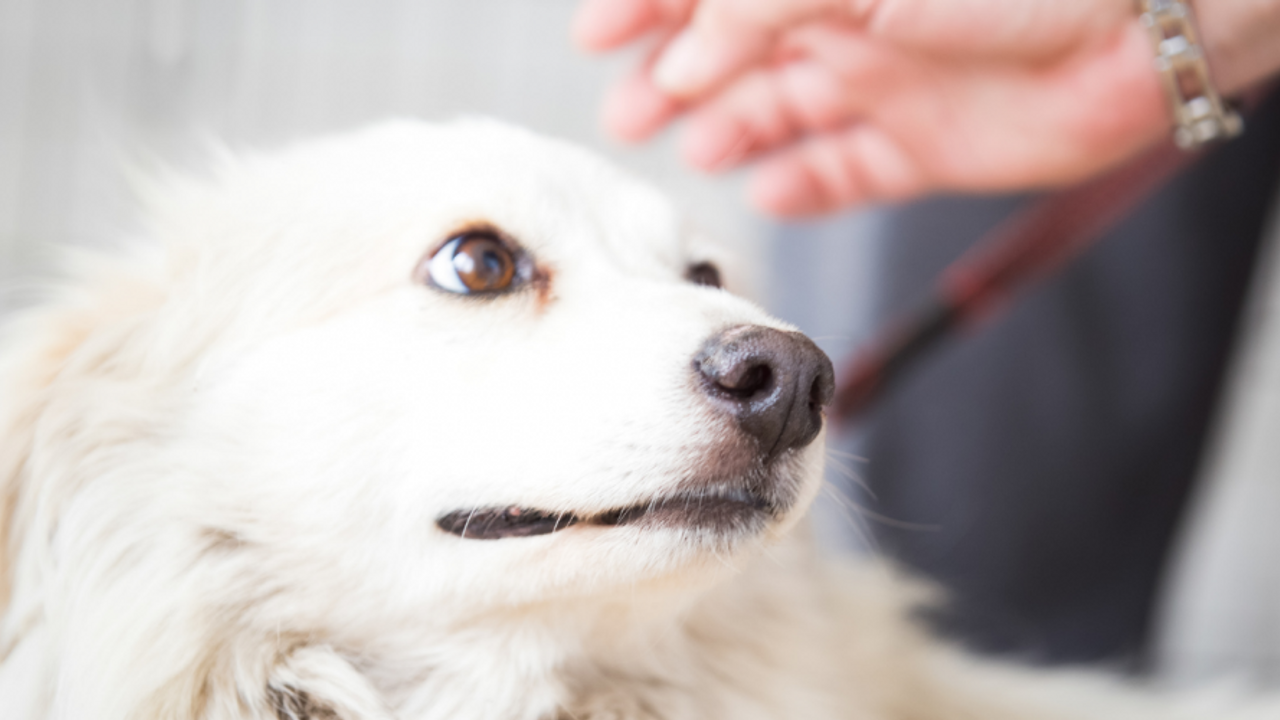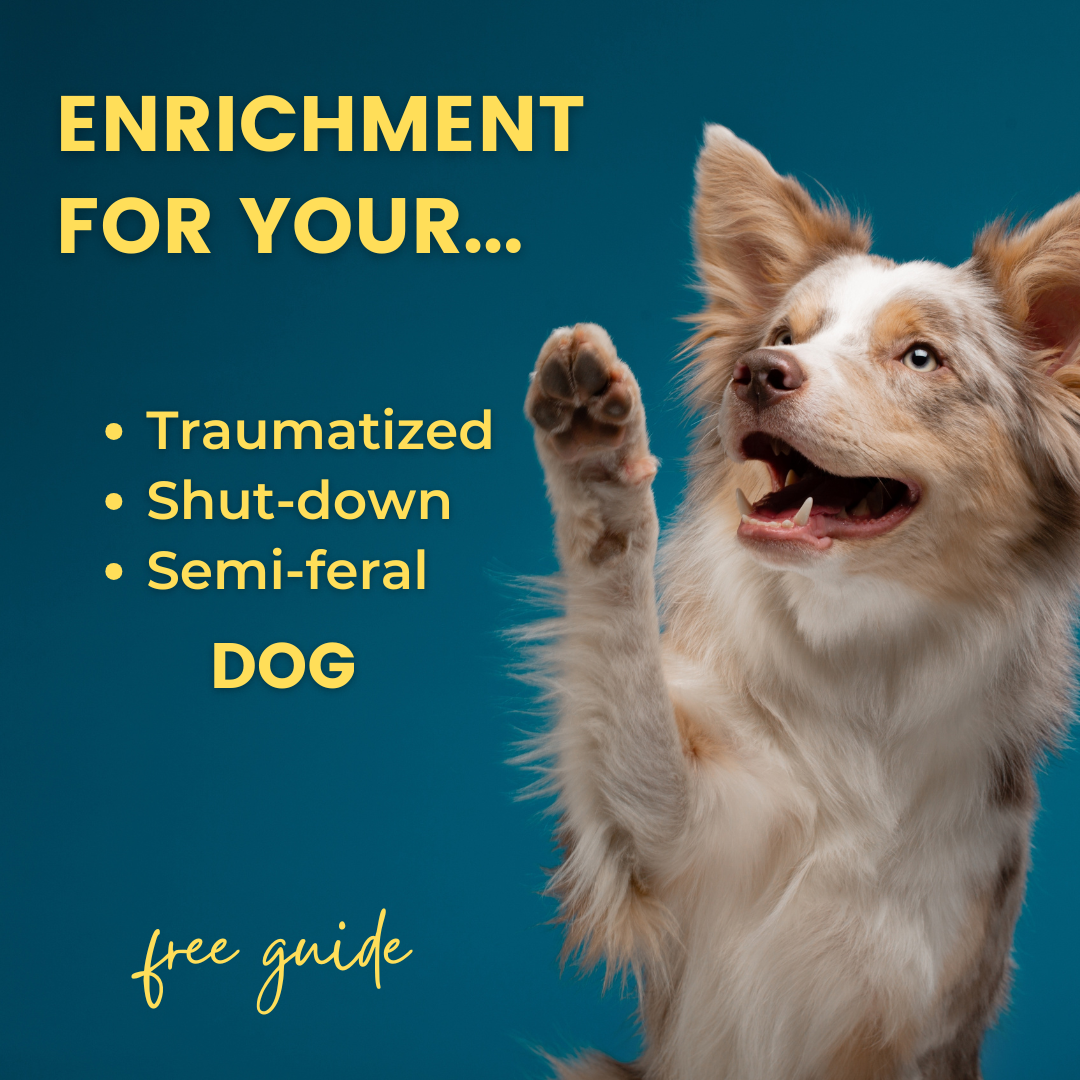Getting People to Follow Instructions Around Your Fearful Dog
fearful dogs reactive dogs Apr 13, 2021
Do you have trouble getting your family or friends to follow instructions around your fearful dog?
Last week we talked about human behaviors that are scary to fearful dogs. Staring directly at a fearful dog, approaching, reaching toward or bending over them is likely to elicit a negative reaction. And yet, this is exactly what your visitors or family continue to do!
How can we get our human “helpers” to follow instructions around fearful dogs? Remember that we’re trying to change behavior here. We’d never just shout a cue repeatedly at a dog and then call them “stubborn” if they didn’t respond (right???). We’d adjust our training to make it easier for the dog to get it right. We can take a similar approach with the people in our lives.
How to make is easier for family and friends to get it right is the topic of this week’s video. Here are the highlights:
Just Telling Someone What NOT To Do Doesn’t Work
Well, at least it often doesn’t work. If being told “Don’t do that!” was enough to change behavior, we’d all have stopped eating junk food and scrolling social media. But we haven’t stopped doing those things. Why not? One reason is that telling someone what NOT to do doesn’t give them a replacement behavior. What should I do instead?
This is something many of us do naturally with our dogs, but not the humans in our lives. If we don’t want our dogs pestering while we’re watching Netflix, we give them a food toy. But what if we want our friends to follow instructions to stop trying to approach, stare at, reach toward our fearful dogs?
Alternative behaviors for humans that we covered this week included:
1) Sit a distance from the dog. This is a good alternative to approaching the dog.
2) Look at something else, other than the dog. This is an alternative behavior to facing and staring at the dog.
3) Keep your hands busy, instead of reaching for the dog.
But is telling your visitor, “Look at something else!” enough? Probably not. What can we do to increase the chances that our instructions around our fearful dogs will be followed?
Make It Easy To Follow Instructions Around Your Fearful Dog
Telling someone what TO do might be better than telling them what NOT to do, but it’s still just a verbal instruction. With our dogs, we set up the environment so that they’re likely to get new behaviors “right.” We can do the same for people.
In this week’s video we talked about ways to make it easier, and rewarding, for your human helpers to follow instructions.
1) Set up to encourage sitting and staying. Have a specific chair for your helper to sit in. Place the chair at a distance and facing away from the dog’s area. This will encourage sitting and not facing the dog.
2) Give them something else to look at. Turn on a favorite TV show, or give them a photo album or book. Choose something they’ll enjoy so their “look elsewhere” behavior is reinforced!
Set up your own seat away from your dog. If you’re chatting, your helper will be looking at you, so don’t have your dog right next to you.
Put up a blanket or other visual barrier so your dog will be less likely to draw your visitor’s gaze. And if they do look toward the dog, the dog is less likely to see it and be frightened.
3) Give them something to keep their hands busy: Ask your helper to play a game on their phone, or scroll social media. These are rewarding activities for most of us!
If you have an outgoing dog at home who loves petting, bring them out so that your helper gets to pet a dog. Or, if your fearful dog is comfortable with the helper tossing treats, set up a physical target (your dog is NOT the target) and ask the visitor to try to hit that target with treats.
If you try some of these tips for increasing direction-following, or if you have questions, we’d love to hear from you! Join our Facebook group and post your questions or comments there, or comment below. Reach out to us by email at [email protected].
If you're looking for more assistance managing your fearful dog, check out our monthly training membership.
Categories


Have a dog who is too anxious to have fun? Grab this free guide & video lesson all about how to teach your extremely fearful dog their 1st enrichment game.


Community
We offer a free private Facebook support group for owners of fearful dogs to connect and share their stories. Join us there.


